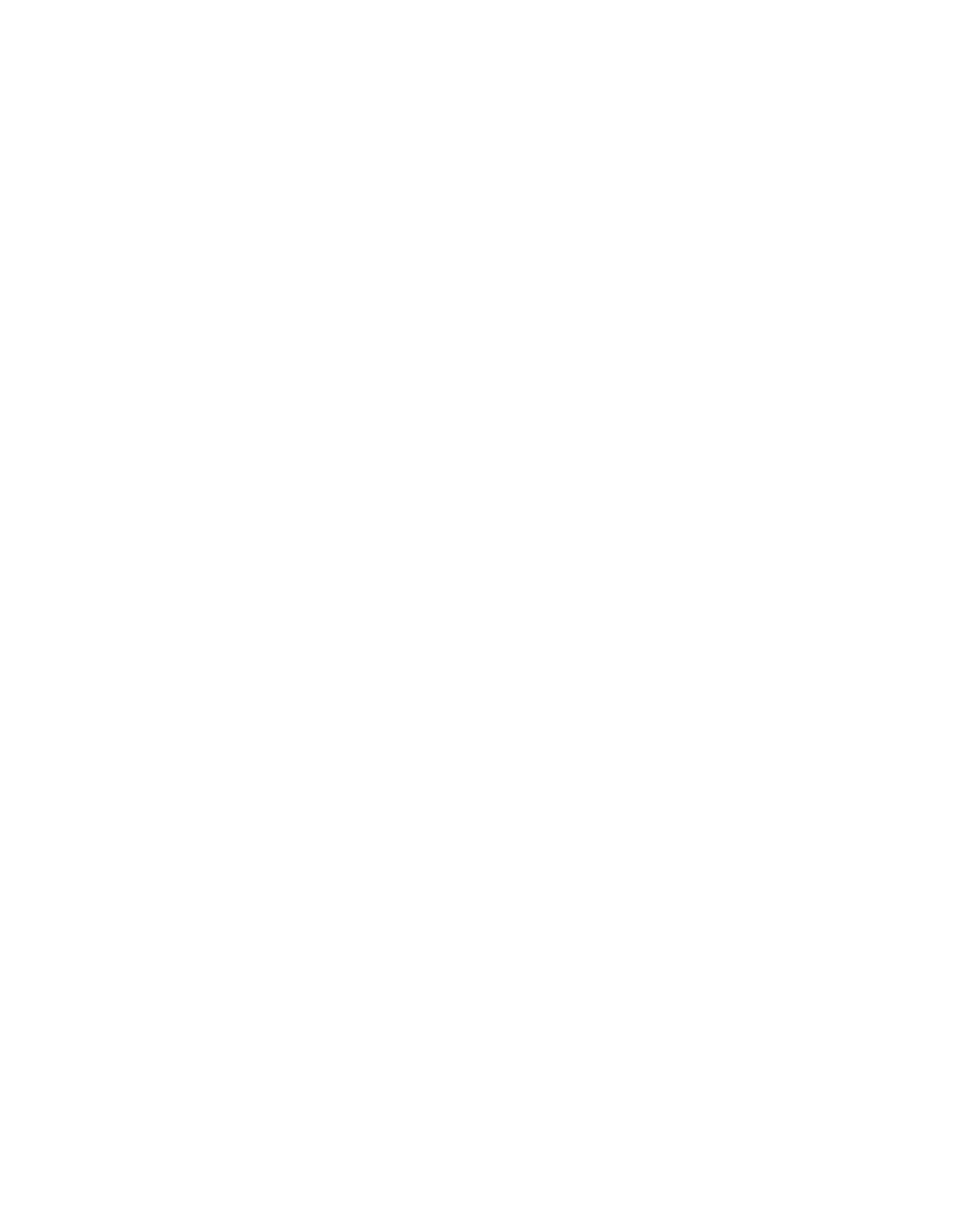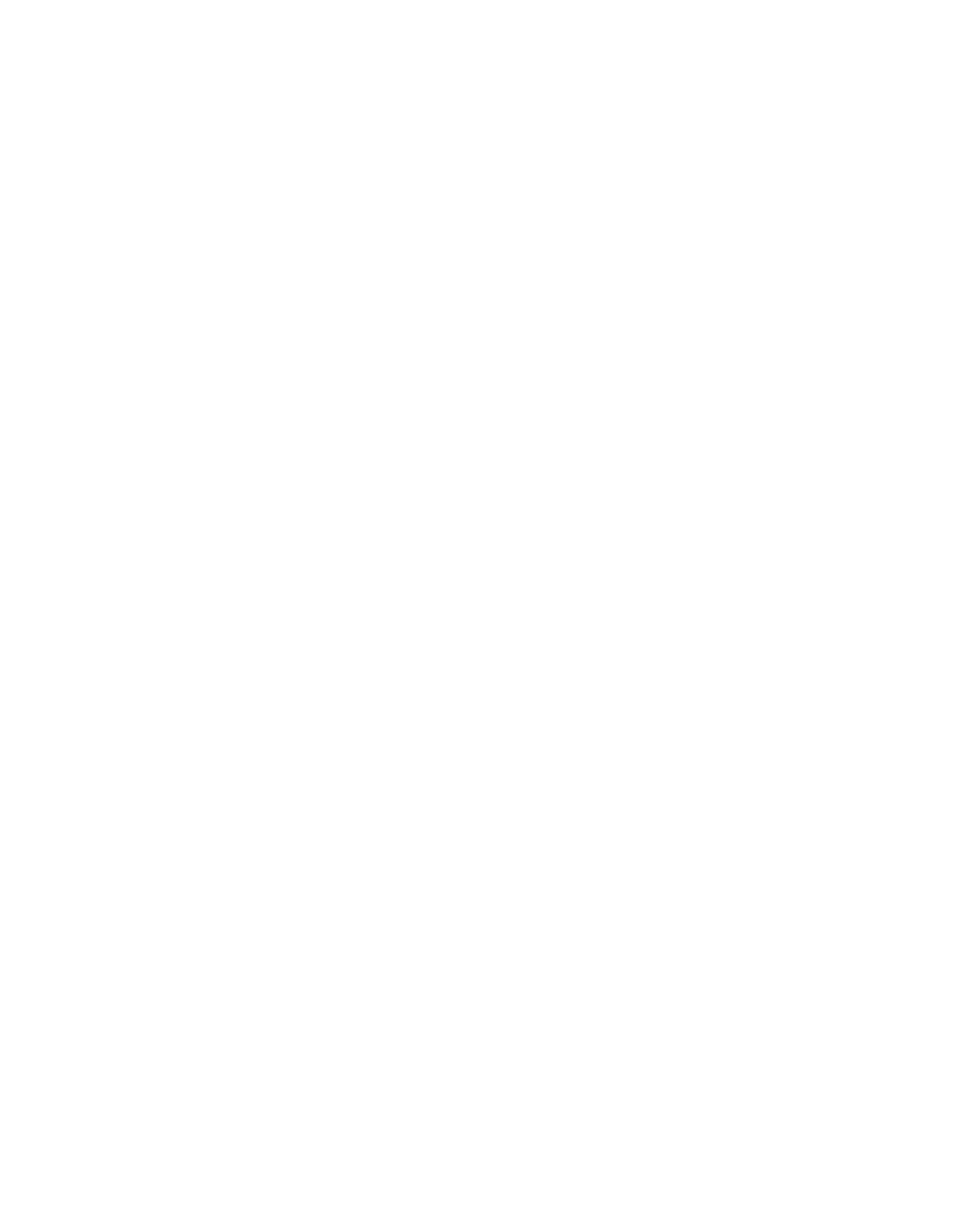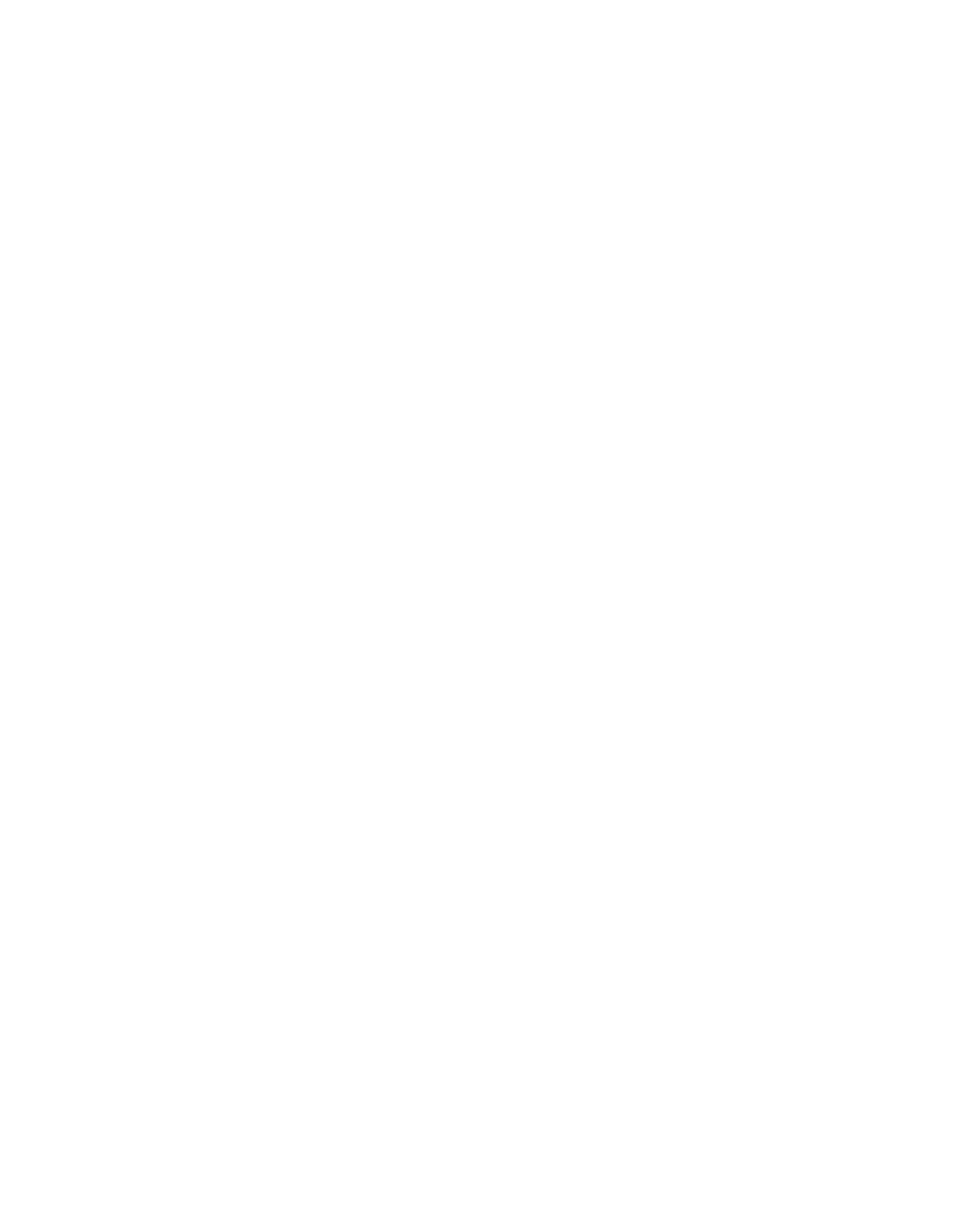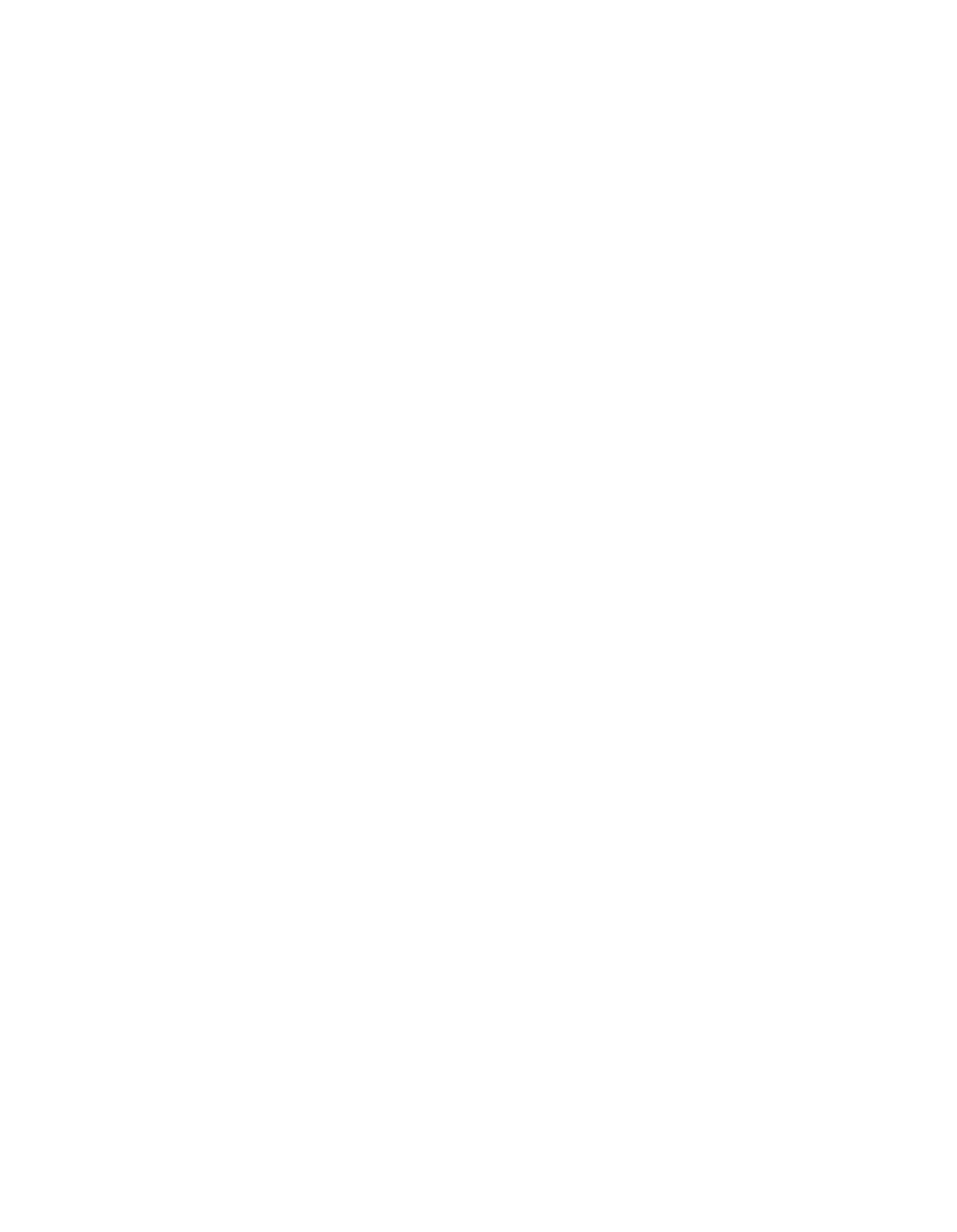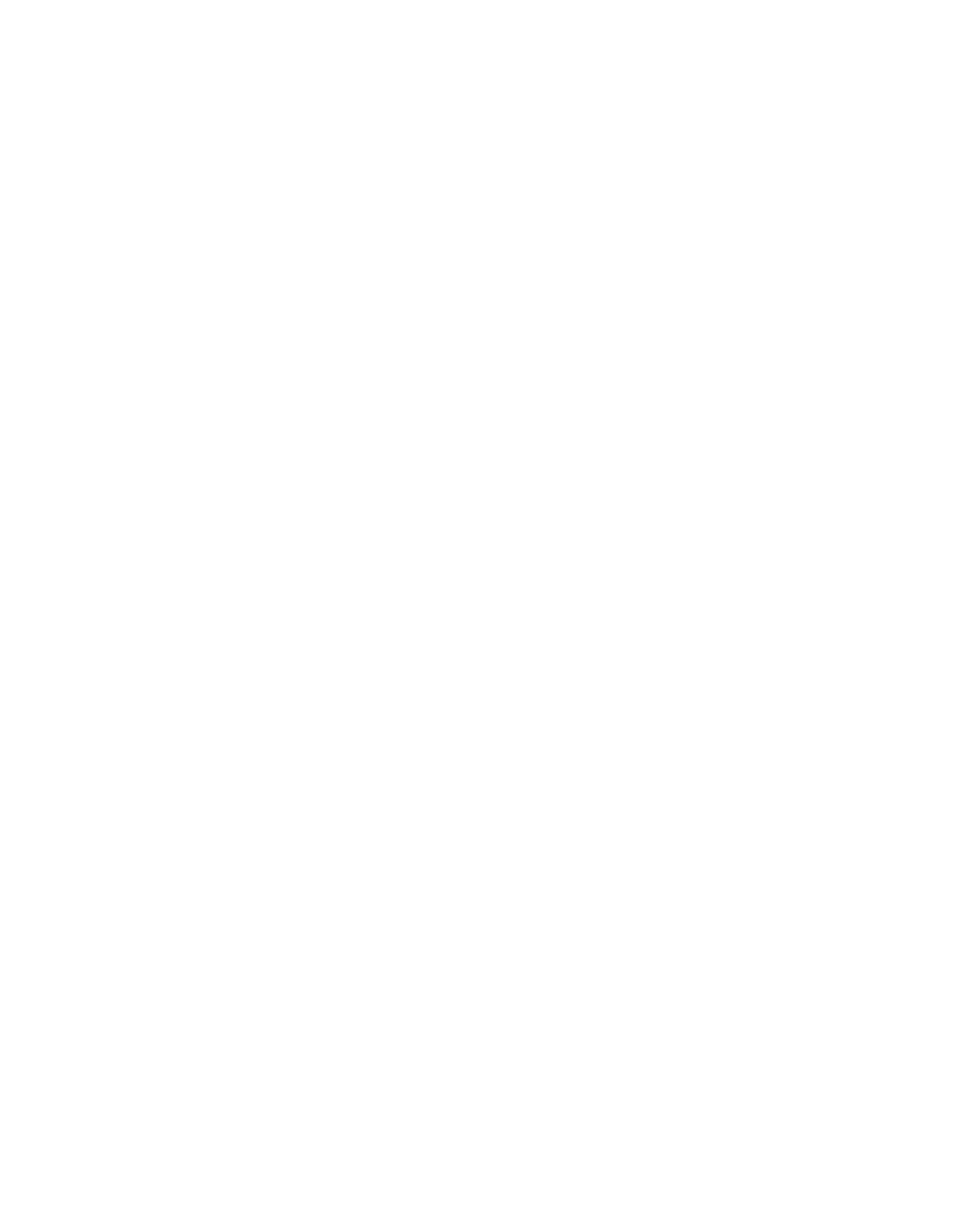ILLINOIS POLLUTION CONTROL BOARD
February
4,
1993
CHENREX, INCORPORATED,
)
Petitioner,
)
v.
)
PCB 92—123
(Underground Storage Tank
ILLINOIS ENVIRONMENTAL
)
Fund Determination)
PROTECTION AGENCY,
)
)
Respondent.
TODD R. WIENER APPEARED ON BEHALF OF PETITIONER,
AND
JAMES
G. RICHARDSON APPEARED ON BEHALF OF RESPONDENT.
OPINION
AND
ORDER OF THE BOARD
(by J.
Anderson):
This matter is before the Board on a petition for review
filed by Chemrex Incorporated
(Cheinrex)
on August
31,
1992.
Chemrex requests that the Board review the Illinois Environmental
Protection Agency’s (Agency) July 27,
1992 underground storage
tank
(UST)
reimbursement determination.
The Agency determined
•that five out of six of Chemrex’s USTs were ineligible to access
the State Fund (Fund)
because they “...contained fuels that are
exempt from Section 2a of the Motor Fuel Tax Law, according to
Section 22.18b(a)(2), and 22.18b(a)(5)
of the Illinois
Environmental Protection Act.”
The Agency also determined that a
$100,000 rather than a $15,000 deductible applied to the
remaining UST because the UST was not registered with the State
Fire Marshal prior to July 28,
1989.
On September
3,
1992, the Board determined that the Agency’s
decision was final as to the USTs deemed ineligible for the Fund
and that Chemrex had properly filed a timely appeal of the
Agency’s denial of eligibility as to those USTS.
The Board also
determined that the deductible amount applied to the remaining
UST, and appealed by Chemrex in its petition for review, was not
ripe for review. Reichhold Chemical v. IEPA
(July 9,
1992), PCB
92-98; Village of Lincolnwood v.
IEPA (June
4,
1992), PCB 91—83,
133 PCB 33; Ideal Heating Co.
v. IEPA (January 23,
1992), PCB 91—
253.
Accordingly, that issue is not before us at this time.
On October 26,
1992, hearing was held in this matter in
Chicago, Cook County,
Illinois.
No members of the public were
present at hearing.
Cheinrex and the Agency filed their post-
hearing briefs on December 31,
1992.
The Board affirms the Agency’s July 27,
1992 eligibility
determination regarding Chemrex’s five USTs.
0
I 39-00L43
2
BACKGROUND
At hearing the parties entered into a joint stipulation of
facts.
(Tr.
5—8; Joint Ex.
1.)
Chemrex owns property at 415 East 16th Street, Chicago
Heights,
Illinois.
(Joint Ex.
1 par.
1; Pet. Br.
Ex. A par.
1.)
Chemrex had eight UST5 on the property, all of which were
registered with the State Fire Marshal.
(Joint Ex.
1 par.
1;
Pet. Br.
Ex. A par.
1; Pet. Ex.
B.)
The eight USTs consisted of
one gasoline UST, five unused, nonhazardous solve~itUSTs
(i.e.,
three USTs containing virgin mineral spirits and two USTs
containing virgin solvent naphtha petroleum
light aromatic),
and two xylene USTs.
(Joint Ex.
1 par.
2;
Pet.
Br.
Ex. A par.
2.)
On March 15, April
2,
and April
3, 1991,
Chemrex discovered
and reported releases from the USTs to the Illinois Emergency
Services and Disaster Agency
(ESDA).1
(Joint Ex.
I par.
1; Pet.
Br.
Ex. A par.
1.)
During the spring and summer of 1991, Chemrex
performed remediation work at the site.
In compliance with the
Agency’s Guidance Manual, Chemrex submitted
a “22—Day Report”,
a
“45—Day Product Action Report”, and “Leaking Underground Storage
Tank Investigation Plan and Health and Safety Plan”
(Work Plan)
to the Agency on April 22,
1991, May
16,
1991,
and on June 21,
1992, respectively.
(Joint Ex.
1 pars.
5,
6,
7
-
Exs.
B,
C,
D;
Pet. Br. Ex. A pars.
5,
6,
7
-
Exs. B,
C, D.)
On October
4,
1991,
Chemrex filed its application for
reimbursement for remediation costs for the six USTs containing
gasoline and unused solvents.
(Joint Ex.
1 par.
8; Pet.
Br.
Ex.
A par.
8; Agency Rec. 1-5.)
On October 28,
1991,
the Agency
returned Chemrex’s reimbursement application for incompleteness.
(Pet.
Ex.
D; Agency.Rec. 7-8.)
Chexnrex resubmitted its
application on March 11,
1992.
(Agency Rec.
9-10,
11—125.)
On
July 27,
1992, the Agency determined that only the one gasoline
UST was eligible to access the Fund.2
(Agency Rec. 139-140;
Pet.
Ex.
A..)
The Agency stipulates that its eligibility determination as
to the five USTs that contained unused, nonhazardous petroleum
solvents was based on a September 6,
1991 amendment to the
Environmental Protection Act, 415 ILCS 5/1 ~
~g.
(1992 State Bar
Edition).
This amendment occurred after Chemrex notified the
1ESDA has been renamed the Emergency Management Agency.
21n
its
July
27,
1992
determination
letter,
the
Agency
incorrectly referred to this UST as a “1,000 gallon diesel tank”.
The UST is correctly referred to as a 1,000 gallon gasoline tank in
Chemrex’s reimbursement application and its petition for review.
01 39-0OIO~
3
Agency of the releases and after Chemrex submitted its Work Plan
to the Agency.
APPLICABLE REGULATIONS
From the date Chenrex first discovered the releases to the
date Chexnrex submitted its Work Plan,
Section 22.18b(a)
of the
Act,
415 ILCS 5/22.18b(a)
(1992 State Bar Edition), provided that
releases of non-hazardous petroleum products were eligible for
reimbursement from the Fund.
That section states,
in part,. as
follows:
a.
a)n
owner or operator is eligible to receive
money from the Underground Storage Tank fund for
costs of corrective action or indemnification only
if all the following requirements are satisfied:
(2)
the underground storage tank does not contain fuel
which is exempt from the provisions of Section 2a
of The Motor Fuel Tax Law;
(3)
the costs of corrective action...were
incurred by an owner or operator as a result
of a release of petroleum,
but not including
any hazardous substance from an underground
storage tank;
Effective September
6,
1991,
Public Act 87—323 amended
Section 22.18b(a)
of the Act, making owners or operators eligible
to receive money from the Fund for costs of corrective action if
their
‘LJSTs contain certain specific substances other than
petroleum solvents.
1991 Ill.
Legis.
Serv.
1822,
1826.
Section
22b(a) (5)
of the Act, 415 ILCS 5/22.18b(a) (5)
(1992 State Bar
Edition), specifically provides,
in part,
as follows:
a.
an owner or operator is eligible to receive money from
the Underground Storage Tank fund for costs of
corrective action or indemnification only if all the
following requirements are satisfied:
(5)
The released petroleum is within one or more of
the following categories:
(A)
Fuel, as that term is defined in Section 1.19
of the Motor fuel Tax Law.
(B)
Aviation fuels, heating oil, or kerosene.
0
39-0Ot.~5
4
(C)
Used oil.
For purposes of this Section,
“used oil” means any oil that has been
refined from crude oil used in a motor
vehicle, as that term is defined in Section
1.3 of the Motor Fuel Tax Law, and that,
as a
result of that use,
is contaminated by
physical or chemical impurities.
The amen4ment at issue in this case thus excludes formerly
eligible USTs containing petroleum solvents.
ARGUMENT
Chemrex argues that the applicable law in this case is the
law in effect on the date that Chemrex notified ESDA of the
release
(i.e., March 15, April
2, and April
3,
1991).
In support
of this argument, Chemrex notes that such reports put the Agency
on notice that there were releases.
Chemrex adds that it
provided the State with documentation showing registration.
Accordingly, Chemrex asserts that the Agency was on notice of a
reimbursable event in April 1991.
Cheinrex adds that all
subsequent relevant events
(i.e.,
the filing of the “20-day
Report”., “45-Day and Free Product Action Report”, and the Work
Plan)
also occurred prior to the September 1991 amendment.
Chemrex concludes that the Board has held that,
where a statutory
amendment involves prior activity or a certain course of conduct,
the applicable law is that which is in effect at the time that
the course of conduct occurred.
Lynch v. IEPA (November 19,
1992),
PCB 92—81 at 2—3.
Chemrex next argues that the application of Public Act 87-
323 would be an unauthorized and iinpermissible retroactive
application of the law.
Specifically, Chemrex asserts that
nothing in the September 1991 amendment,
or its legislative
history,
indicates that it should be applied retroactively to
releases occurring before the amendment.
In fact,
Cheinrex points
out that the Board has declined to apply regulations
retroactively.
Mandel
v. Kulpaka
(July 30,
1992), PCB 92—33.
Chemrex adds that the provision of the Act relating to
deductible determinations demonstrates that the legislature knows
how to make the date of application submittal a controlling date
with respect to determining applicable deductibles.
Section
1022.18b(d)(3)(G)
of the Act,
415 ILCS 5/22.18b(d)(3)(G)
(1992
State Bar Edition), specifically provides, “t)he
Agency shall
determine the applicable deductible...based on the date that a
complete application for eligibility determination...is received
by the Agency.”
Chemrex notes that the Act does not have a
comparable provision with respect to the issue of eligibility.
Cheinrex further argues that the Agency’s determination is an
arbitrary and insupportable violation of its past practices and
0139-00146
5
procedures.
Specifically,
Chetarex notes that the Agency has
admitted in this case that it approved
a reimbursement
applications that were submitted to the Agency on or after
September
6, 1991, for USTs containing unused solvents or other
non—fuel substances.
(Agency admission in response to Chemrex’s
Request to Admit No.
4.)
Specifically, Chemrex points to the
MacLean—Fogg case involving releases from solvent (non—fuel)
USTs.
NacLean-Fogg
V.
IEPA PCB 92-11.
In that case,
the Agency
initially denied NacLean-Fogg’s reimbursement application because
MacLean-Fogg did not submit its reimbursement application until
September
6,
1991.
NacLean-Fogg filed a petition before the
Board to review the matter.
Chemrex asserts that, before the
Board could rule on the matter, the Agency determined that
MacLean—Fogg’s USTs were eligible for reimbursement from the
Fund.
Upon the Agency’s revised determination and NacLean—Fogg’s
motion, the Board dismissed the matter.
MacLean-Fogg
(March 26,
1992)
,
PCB 92—11.
Finally,
Chemrex asserts that the Agency’s eligibility.
determination deprives it of a right to reimbursement that, it
paid for
(i.e.,
by registering and paying all fees)
and relied
on.
40 C.F.R.
280.90 ~
~g.
requires owners and operators of
USTs to meet certain financial responsibility requirements, such
as the purchasing of adequate insurance.
40 C.F.R. 280.101
provides that an owner or operator may satisfy such requirements
through its eligibility for reimbursement from state administered
funds.
Chemrex asserts that it did not secure private insurance
for its USTS and that it relied on the Fund because the law
clearly indicated that any UST release would be insured by the
Fund.
Chemrex adds that the Agency’s unauthorized retroactive
application of the September
199.
amendment violates 40 CFR
280.101, which requires Illinois to submit to USEPA a description
of the State Fund “along with a list of the classes of
USTs
to
which the Fund may be applied.”
Chemrex notes that the Agency’s
Guidance Manual indicates that the USTs at issue were eligible
for reimbursement and that Illinois submitted the Guidance Manual
to USEPA in seeking approval of the Fund.
Accordingly, Chemrex
argues that the Agency cannot now retroactively narrow the
categories of eligible USTs,
effectively invalidating USEPA’s
approval of the Fund and leaving Chemrex and other liST owners
without federally required insurance.
DISCUSSION
The only issue to be revi.ewed in this case is the Agency’s
eligibility determination for the five liSTs.
The resolution of
this issue turns on the issue of whether Public Act 87-323
(effective September
6,
1991)
is applicable to Chemrex.
The
Board finds that the Agency’s eligibility determination was
correct and that Public Act 87-323 applies to Chemrex’s
0139-00147.
6
application for reimbursement.
The Board has held that when determining whether UST removal
costs are reimbursable as corrective action costs,
the law to be
applied is the definition of “corrective action” as it existed
when the costs were incurred.
Lynch v. IEPA (November 19,
1992),
PCB 92-81 at 2-3; Galesburg Cottage Hospital
v.
IEPA
(August 13,
1992), PCB 92-62 at 3-6; Pulitzer Community Newspapers.
Inc.
v.
IEPA (December 20,
1990), PCB 90—142 at 4—5,
117 PCB 102—103,
and
(February 28,
1991)
at
2,
119 PCB 31,
32.
In other words, where
a statutory amendment involves a prior activity or a certain
course of conduct, the law to be applied is the provision in
effect at the time that the course of conduct occurred.
Lynch v.
IEPA (November 19,
1992), PCB 92-81 at 2-3; Galesburg Cottage
Hospital v. IEPA (August 13,
1992), PCB 92—62
at 3—6; Pulitzer
Community Newspapers.
Inc.
v.
IEPA (December 20,
1990), PCB 90-
142 at 4—5, 117 PCB 102—103, and
(February 28,
1991)
at 2,
119
PCB 31,
32.
The statutory amendment at issue in this case,
however, does
not involve a particular activity or course of conduct.
Rather,
the amendment narrows the classes of USTs that are eligible to
access the Fund.
The Board has held that when determining eligibility for
reimbursement,
as opposed to the issue of when corrective actions
were taken,
the applicable law is that which is in effect on the
date of the filing of the application.
Pulitzer Community
Newspapers,
Inc.
v. IEPA (December 20,
1990), PCB 90-142 at 4-5,
117 PCB 102—103, and (February 28,
1991)
at 2,
119 PCB
31,
32.
(see also Miller v. IEPA (July
9,
1992), PCB 92—49 at
4; First
Busev Trust and Investment Company v. IEPA (February 27,
1992).,
PCB 91—2l3’at 4—5, 130 PCB 287,
290—91; Mariorie B. Campbell v.
IEPA
(June
6,
1991), PCB 91—5 at 2,
123 PCB 25,
26, citing to
Pulitzer.)
In this case, Chemrex initially filed its reimbursement
application on October 4,1991.
Pursuant to the Agency’s October
28,
1991 request for supplemental information, Chemrex sent an
amended application to the Agency on March 11,
1992.
Even if
Chemrex’s reimbursement application were considered complete on
October 4,
1991, that date is past September 6,
1991.
Accordingly, because Public Act 87—213 was in effect at the time
that Chemrex filed its reimbursement application, Public Act 87-
213
is not being applied retroactively as Cheinrex argues.
We
also note that the legislature failed to include a provision in
the Act that would “grandfather” Public Act 87—323 with respect
to companies that notified ESDA and took remedial action prior to
the amendment,
but filed their reimbursement application after
the amendment.
As for Chemrex’s argument regarding the Agency’s past
0139-00148
7
practices, we note that Chemrex has not alleged that it relied on
the Agency’s past practices or that it would have acted
differently if the Agency had never previously approved
reimbursement applications that were submitted to the Agency
after September 6,
1991,
for unused solvent or non—fuel USTs.
Moreover, in response to Chemrex’s request to admit, the Agency
admitted that it only approved one reimbursement application
(i.e., MacLean-Fogg)
that was submitted on September 6,
1991.
In any event, even if Chemrex had alleged reliance, the
Board agrees with the Agency’s argument that “two wrongs do not
make a right”.
In other words,
the Board believes that the
Agency is entitled to change its position, rather than maintain
consistency with an incorrect eligibility determination,
in light
of the fact that there is no statutory provision, regulation,
or
case law that addresses the issue at hand.
The Board is not unsympathetic to Chemrex’s argument
regarding its loss of access to private insurance.
We note,
however, that Chemrex was placed on notice of the statutory
amendment when it was first introduced before the legislature.
More important, however,
is the fact that the Act has been
amended so as to remove the Board’s authority to regulate
financial assurance matters.
As a result, the Board’s scope of
•review with regard to financial assurance matter has been
limited.
Specifically, Public Act 86—1050 modified Section
22.4(d) of the Act, 415 ILCS 5/22.4(d)
(1992 State Bar Edition),
to limit the Board’s authority to adopting only “regulations
relating to corrective action”.
1990 Ill.
Legis.
Serv.
211,
223.
(see also Public Act 86—958,
1989 Ill.
Legis.
Serv.
5219; Public
Act 86—1484,
1991 Ill.
Legis.
Serv.
3028;
and Public Act 87—323,
1991 Ill. Legis.
Serv.
1822.)
The Board,
in response, has
amended its regulations to delete its prior regulations in the
financial assurance area.
In the Matter of:
UST Update USEPA
Regulations
(1/1/91
—
6/30/91)
(April
9,
1992)
R91—14,
132 PCB
681.
With regard to Chemrex’s assertion regarding the submission
of the Agency’s Guidance Manual to USEPA when seeking approval of
the Fund,
we note that the Agency’s Guidance Manual has not been
promulgated as a rule pursuant to the Illinois administrative
Procedure Act.
As a result, the Guidance Manual has no legal
or
regulatory effect in proceedings before the Board and the Board
cannot enforce its provisions.
Miller
V.
IEPA
(July 9,
1992),
PCB 92-49 at 5-6; Warren’s Service v
IEPA (June
4,
1992), PCB
92—22
at 3,
134 PCB 41,
43; Strube v. IEPA (May 21,
1992), PCB
91—205 at 3,
133 PCB 477,
479)
; Platolene 500.
Inc.
V.
IEPA
(May
7,
1992), PCB 92—9 at 4—5,
133 PCB 234, 237—238.
More
importantly, the Board notes that the assertion also relates to
the Board’s lack of authorization with financial assurance
matters and thus,
is not directly relevant here.
0139-00149
8
Accordingly, the Board finds that the Agency’s eligibility
determination for Chemrex’ five petroleum solvent USTs was
proper.
This opinion constitutes the Board’s findings of fact and
conclusions of law in this matter
ORDER
For the reasons expressed in the accompanying opinion, the
Board hereby affirms the Agency’s July 27,
1992 determination
regarding the non—reinthursibility of remediation costs incurred
by Chemrex for its five petroleum solvent underground storage
tanks.
Section 41 of the Environmental Protection Act,
415 ILCS
5/41
(1992 State Bar Edition), provides for appeal of final
Orders of the Board within 35 days.
The Rules of the Supreme
Court of Illinois establish filing requirements.
(But see also
Castenada V. Illinois Human Rights Commission (1989),
132 Ill.2d
304, 547 N.E.2d 437).
IT IS SO ORDERED.
I, Dorothy N. Gunn,
Clerk of the
1 inois Pollution Control
Boar~ hereby certify that on the
________
day of
___________________,
1993, the above opinion and order was
adopted by a v
e of
~,
—o
Illinois Po.
Control Board
0139-0050
